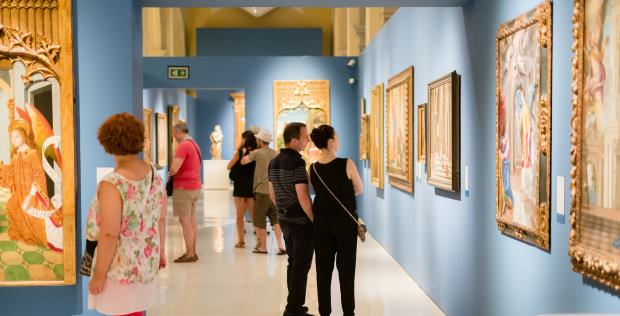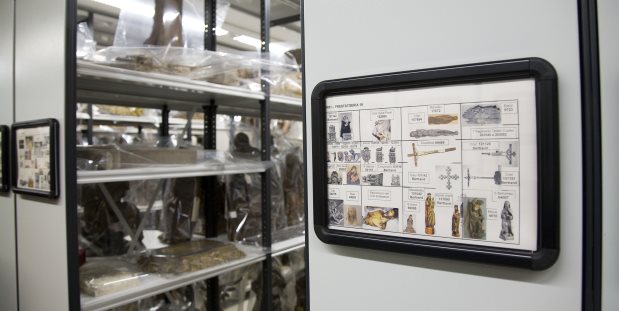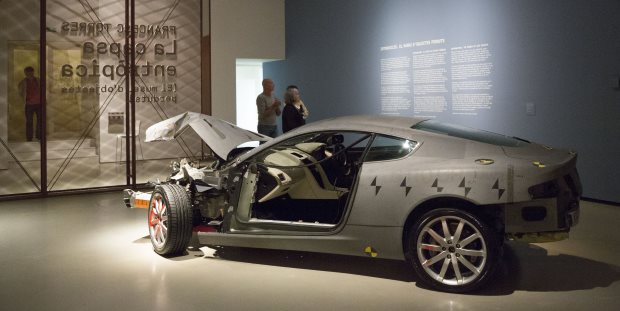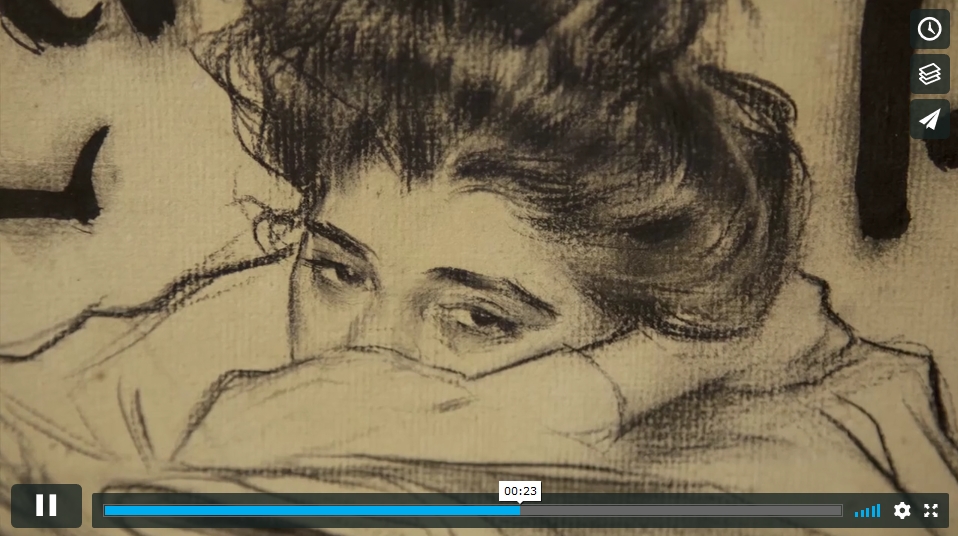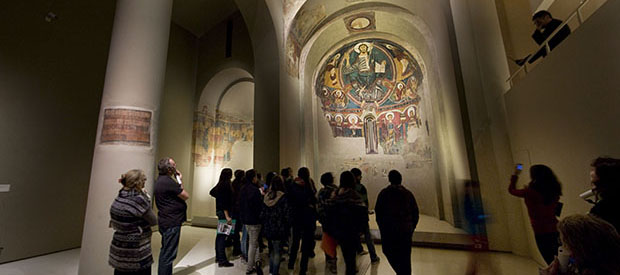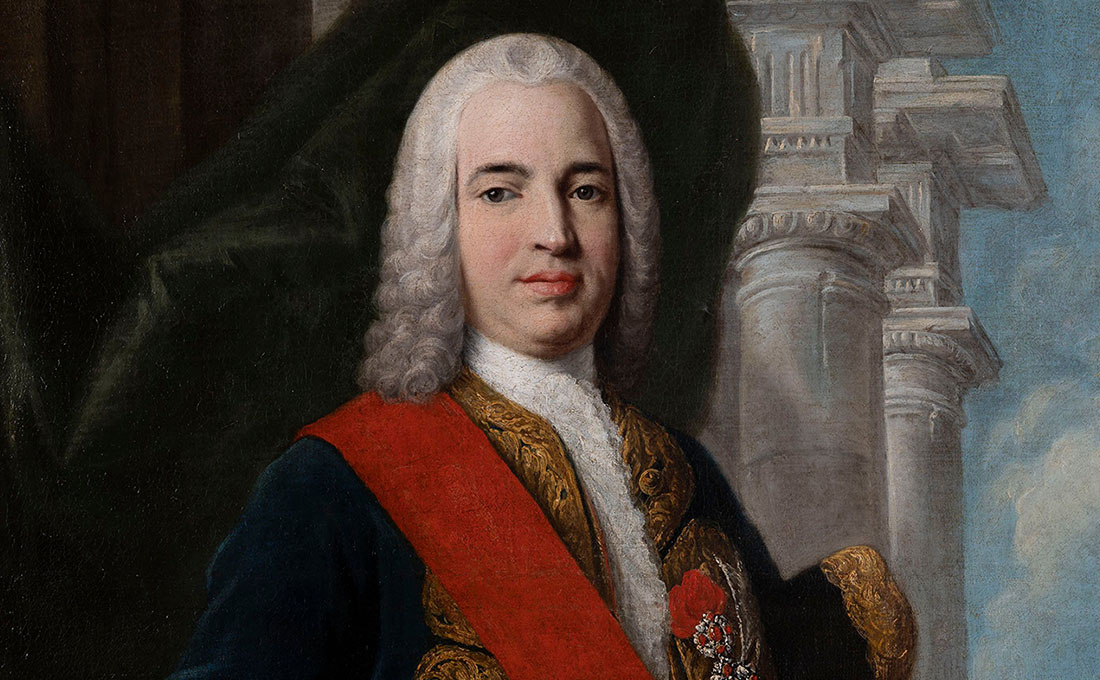
Àngels Comella and Joan Yeguas In the Museu Nacional d’Art de Catalunya (Barcelona) and the Museo Nacional del Prado (Madrid), two virtually identical portraits are conserved. This leads us to formulate different questions. Could both paintings have been done by the same artist? If they were, what part did the painter’s workshop play in it?…
Read more


